The extraoral periapical radiographic technique was performed for both maxillary and mandibular teeth using Newman and Friedman technique2. Extraoral radiograph Panoramic X-ray Tomograms Cephalometric projections Sialography Computed tomography 10.

Periapical Radiography Pocket Dentistry
The bisecting short-cone and paralleling long-cone techniques are two of the most commonly used techniques.

. Periapical views are used to record the crowns roots and surrounding bone. Changes to the angulation of the X-ray beam in relation to the teeth and film can help diagnosis and treatment by producing images which provide additional information not alway. Periapical images have been collected using the FONA X70 Intraoral X-rays machine and PSPIX Imaging Plates.
The film is placed parallel to the long axis of the tooth to be radiographed and the central beam of X-ray is directed at right angle to the film and the teeth. Periapical X-ray images expor ting results and reading results. Single periapical radiographs are often made of individual teeth or groups of teeth to obtain information for treatment or diagnosis of localized diseases or abnormalities.
The paralleling technique results in good quality x-rays with a minimum of distortion and is the most reliable technique for taking periapical x-rays. When comparing the two periapical techniques the advantages of the bisecting angle technique are. Basically there are two techniques for taking periapical radiography.
Periapical film is held parallel to the long axis of the tooth using film-holding instruments. Implant site assessment and. The patient is seated upright in the dental chair and should remove any removable dental appliances glasses or jewelry that could interfere with the X-ray beam.
Periapical radiographs provide important information about the teeth and surrounding bone. Because the film is placed in the mouth at an angle to the long axis of the teeth. The X-ray tubehead is then aimed at right angles vertically and horizontally to both the tooth and the image.
Ensure they are seated high enough so it is easy to see the occlusal. The central ray is directed to pass at a perpendicular angle to both the tooth and the film. By using a film sensor holder with still.
A long cone is used to take x-rays with paralleling exposure techniques. RADIOGRAPHS Periapical Bitewing Occlusal 2. Assessment of root morphology.
Periapical X-rays are used to detect any abnormalities of the root structure and surrounding bone structure. Machine learning techniques th e more images in the dataset we. Periapical X-rays.
Periapical radiography is a commonly used intraoral imaging technique in radiology and may be a component of your radiologic examination. Fitzgerald called as paralleling or long cone technique. Inclusion criteria included periapical X-ray images of permanents teeth and patients aged 14 years old with good sharpness.
The X-ray is taken and the exposed plate is then loaded into a scanner or processor which reads the image. Film development and mounting are discussed and practiced. Size 2 Film is used for Anterior and Posterior X-rays when Bisecting.
With this technique the film is placed parallel to the long axis of a tooth allowing the X-ray to be focused perpendicular to the long axis of the tooth. Students are given a demonstration of panoramic radiology. Since the slope and curvature of the dental arches and the alveolar processes will.
The X-ray head is directed at right angles vertically and horizontally of both the tooth and the image receptor. Have the more e ectively the m odel works. Parallel technique The image receptor is placed in a holder and placed in the mouth parallel to the longitudinal axis of the tooth under.
And routinely used for investigating the periapical and. Most frequently used radiography is for the periapical which is performed by the bisecting Thus when considering the execution of the radiographic technique and the possibility of errors that occur during the exposure of X-ray image XR receptors it is important to identify those that occur more frequently. For this purpose a special technique of periapical radiography was developed by Gordon M.
By using a filmsensor holder with fixed image receptor and. A periapical x-ray or PA film will show one or two teeth in their entirety in one single image right from the crown of the tooth which is the part exposed in the mouth to the very tips of the tooth roots located in the jawbone as well as. The image receptor is placed in a holder and positioned in the mouth parallel to the long axis of the tooth under.
Occlusal X-rays show full tooth development and placement 9. To take a periapical exposure the hygienist or x-ray technician places a small photosensitive imaging plate coated with phosphorus into a sterile wrapper and inserts it into the patients mouth just like a conventional X-ray film card. Paralleling Technique for Periapical X-rays The paralleling technique results in good quality x-rays with a minimum of distortion and is the most reliable technique for taking periapical x-rays.
Periapical radiography is an important diagnostic aid. The film is placed parallel to the long axis of the tooth in question and the central x-ray beam should be directed perpendicular to the long axis of the tooth. Both techniques have advantages and disadvantages.
The patient was positioned upright with hisher mouth was opened as wide as possible to allow the X-ray beam to pass to the sensor unobstructed from the opposite side of the mouth. Radiographic techniques 1. Paralleling technique Bisecting angle technique Paralleling technique It is also called the extension cone paralleling technique right angle technique and long cone technique.
The snap-a-ray is used. Assessment of root formation n completion. Assessment of relationship of roots to various vital structures.
Students learn how to expose dental periapical x-ray film using the Rinn Paralleling Technique using the XCP film holder. The sensor was placed on the. Periapical radiographic techniques during endodontic diagnosis and treatment Int Endod J.
The film is placed parallel to the long axis of the tooth in question and the central x-ray beam should be directed perpendicular to the long axis of the tooth. Exclusion criteria were periapical X-ray images of tooth germs or images which have distortion effects.
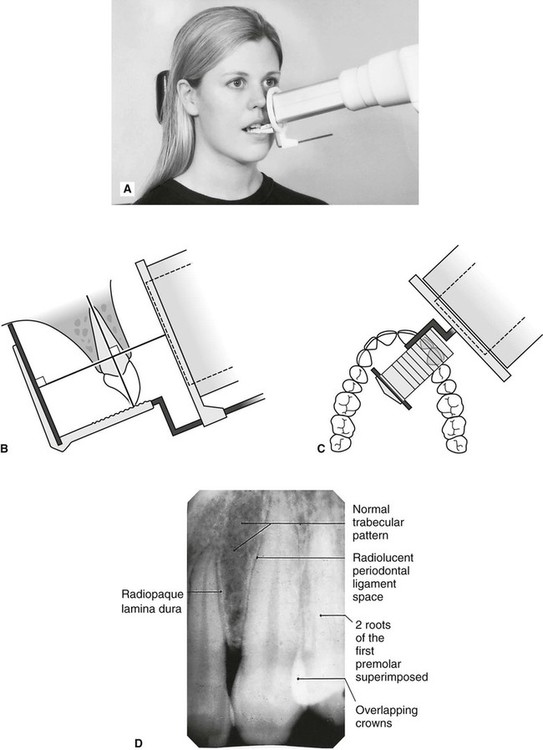
Periapical Radiography Pocket Dentistry
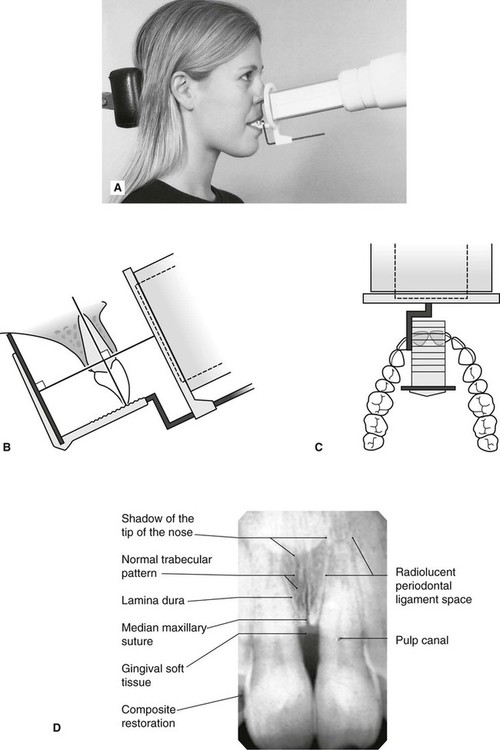
Periapical Radiography Pocket Dentistry
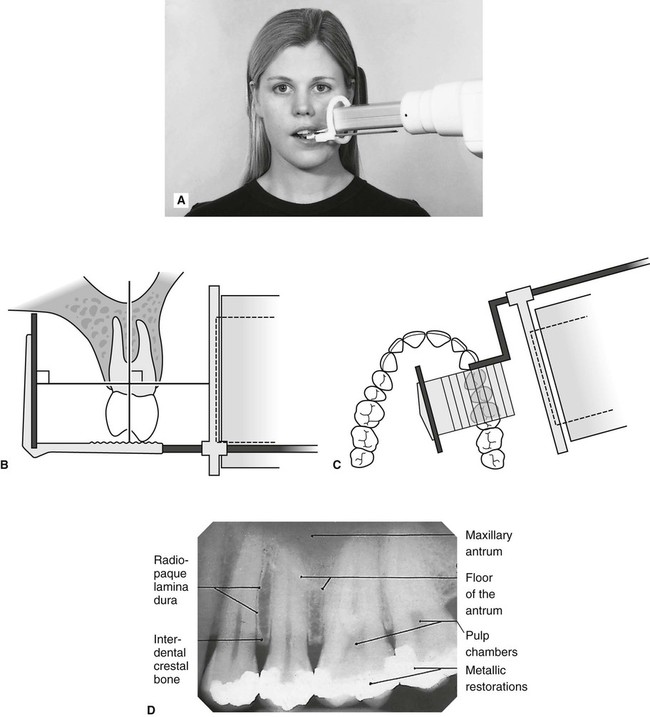
Periapical Radiography Pocket Dentistry
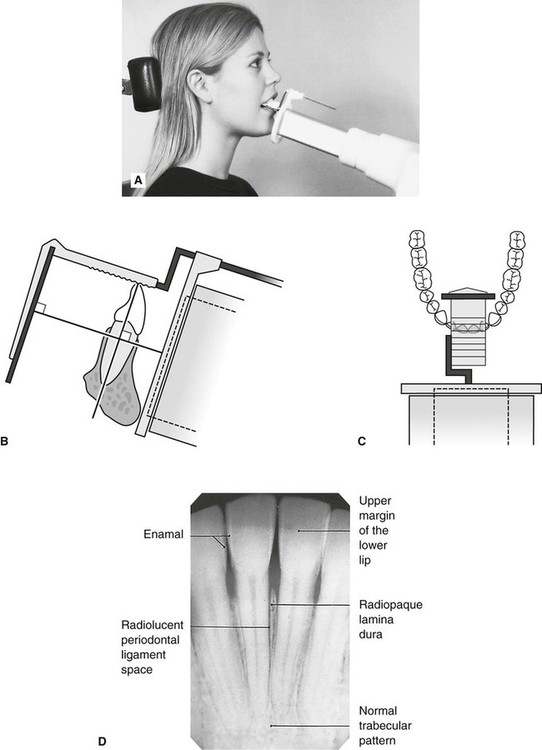
Periapical Radiography Pocket Dentistry
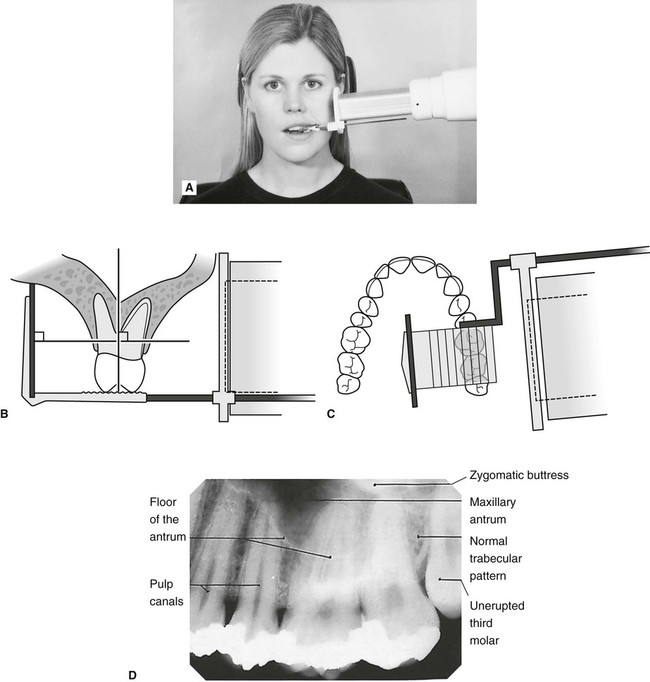
Periapical Radiography Pocket Dentistry

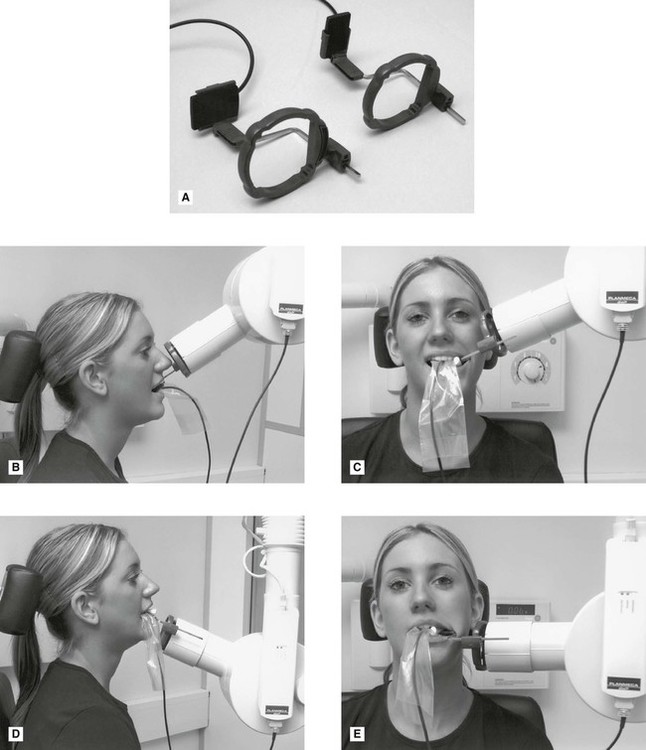
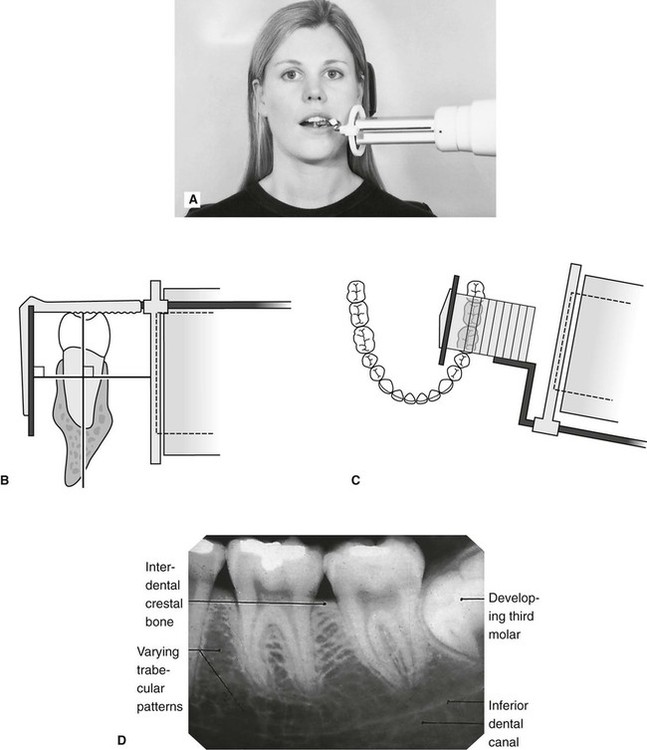
0 comments
Post a Comment